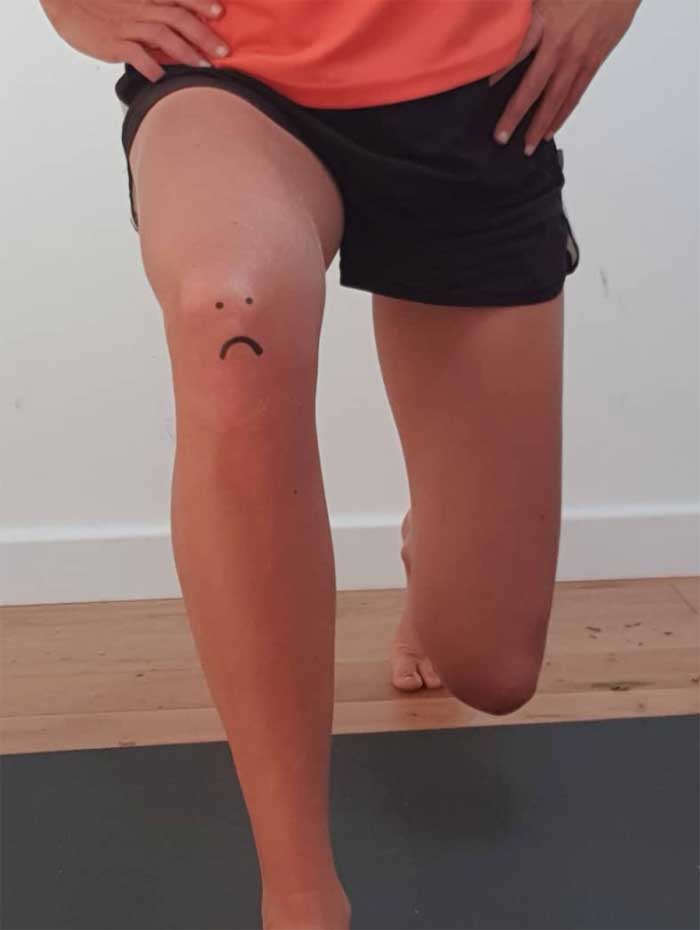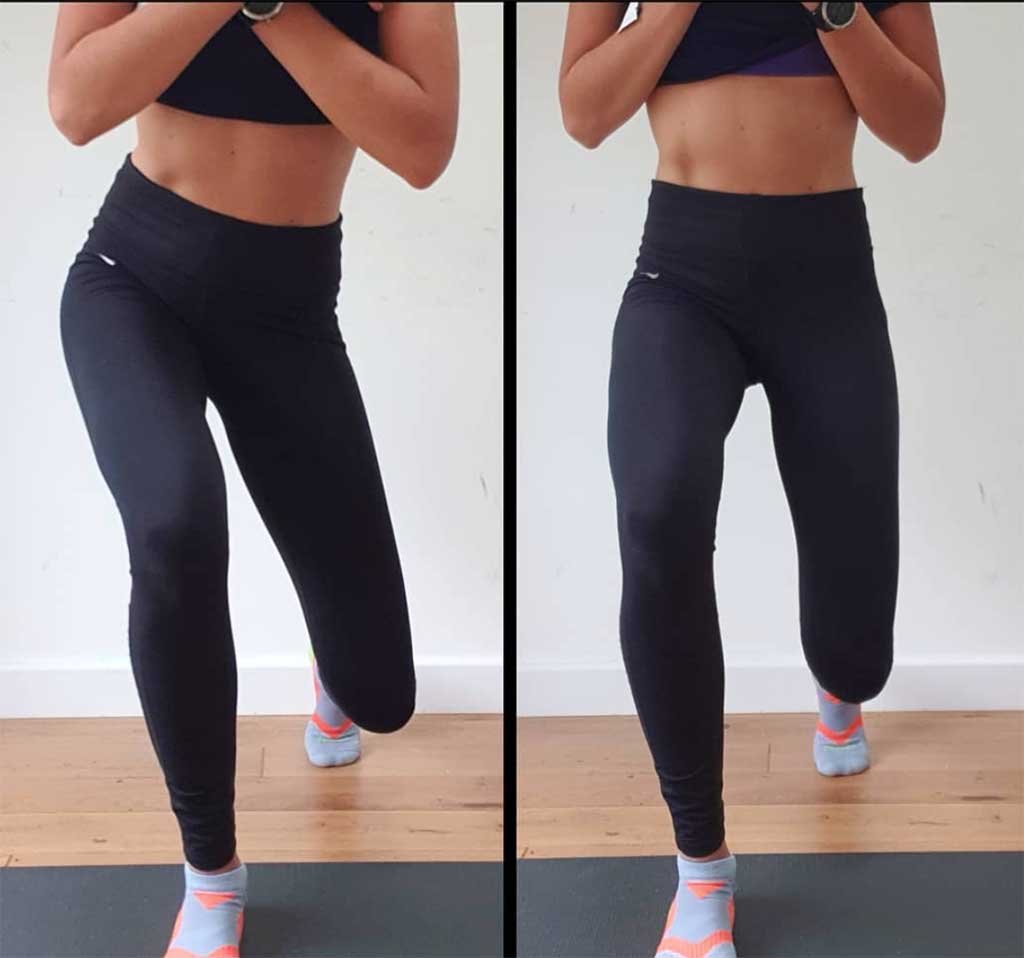Runners Knee
Patellofemoral Pain Syndrome (PFPS)
'Runners knee' is a pretty poor term considering it affects cyclists, gym bunnies & even those who aren't athletic.
What Causes the Pain?
PFPS is pain from the tissues within or surrounding the joint between the knee cap (patella) & the thigh bone (femur).
The patella rests in a groove on the femur where it acts as a pulley to transmit the force of the quad muscles onto the tibia via the patella tendon.
Pain is typically felt under or around the patella.
It is usually aggravated by activities with high PF load – squatting, lunging, kneeling, going downstairs & running (downhill>up). It is also often aggravated by prolonged periods of flexion i.e. sitting for long periods with your knees bent.
What makes this a challenging injury is its sensitivity- It can be hard to pin down the exact cause but easy to aggravate. Quad/Hip flexor strength & length have been shown as contributors alongside your hip control.
What causes PFPS & how do you manage the acute symptoms?
The role of TOOs: TOO much TOO soon TOO often with TOO little recovery. As with most injuries; training load plays a major part when we are considering the onset of PFPS.
Lower limb biomechanics & lumbopelvic control. A lack of hip control causing "hip drop" & subsequent "knocked knees" makes you more susceptible to irritation on the underside of the patella (see image on the right below for poor control)
Reduced quad/hip flexor length & strength. These muscles attach directly onto the patella so any tightness will affect the way the patella moves & potentially increase the load on it.
The initial stages of management target loading & modifying potential aggravating factors (& often it is modifications rather than omitting). Take running for example; you can try modifying speed, distance, frequency, stride length, footwear or use tape to change the load. There are often ways in which you can continue running but ideally, you need to find a way to do this with minimal pain.
BUT it's not just running... Work & lifestyle also play a big part. If you kneel all day for work, sit with flexed knees or find yourself crouched with your children, could you use knee pads, take regular breaks or sit on a pillow instead? If you’re up and downstairs all day, is there a lift or could you make fewer trips? Faff - I know but unless the load is reduced, it can be hard to change symptoms & therefore move onto the next stage.


















